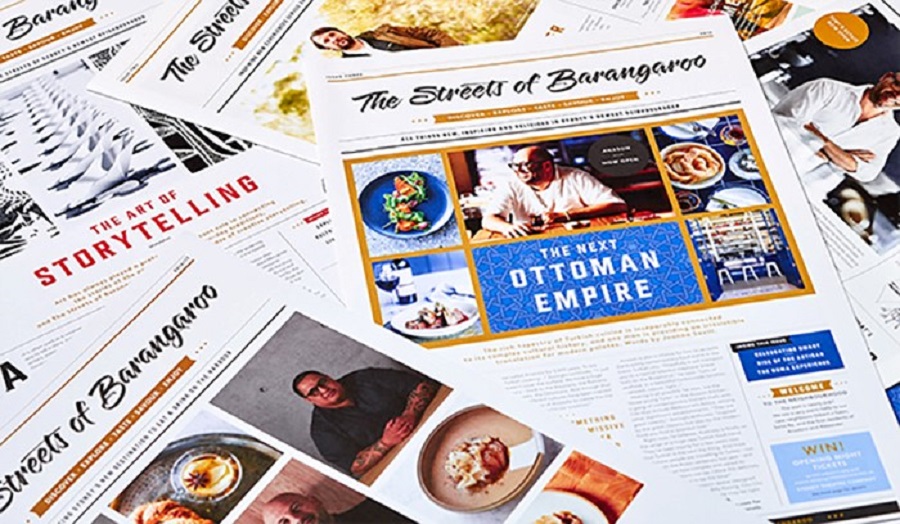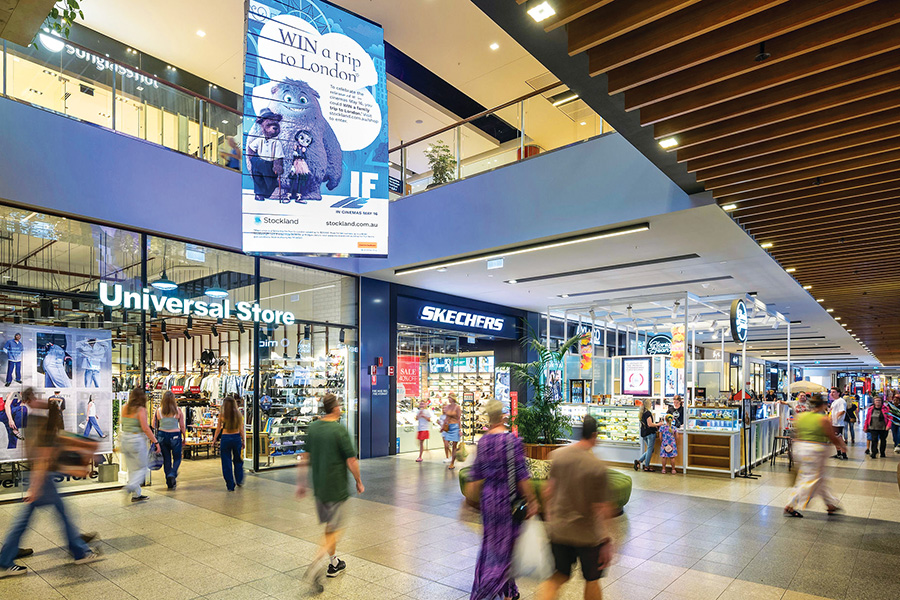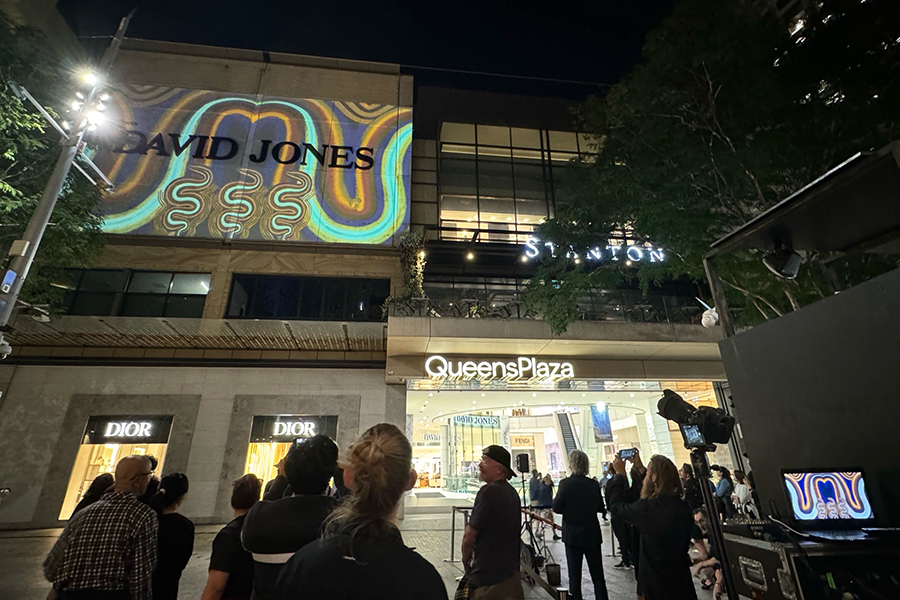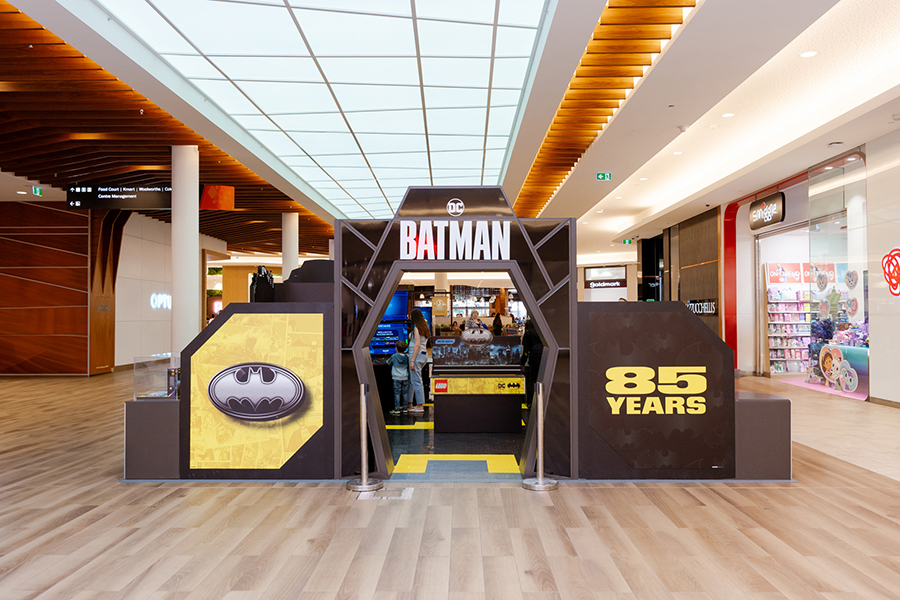Selling is hard in the best of times, let alone at the tail-end of a pandemic and beginnings of a recession. Apart from a wave of competitors – many resorting to discounting to spark a return to trade – there’s also the lingering doubts about both personal health and financial security weighing on the minds of would-be customers. While there may be no marketing playbook for conditions quite like these, human psychology is, thankfully, wonderfully predictable, giving brands, businesses and their marketing teams a foundation on which to base actions to inspire the intended reactions. Here are five things we know about people that might help shape ideas and campaigns to increase visitation and spend.
People crave familiarity when they’re sad, confused or cautious.
Two studies published last week – from Monash University and the South Australian Health and Medical Research Institute’s Wellbeing and Resilience Centre – suggest the number of Australians displaying anxiety and stress in the community have risen between 13 and 21 percent, and that roughly one in five people is now experiencing symptoms of clinically-relevant depression, all linked to the COVID-19 lockdown and subsequent health and financial fallout.
We know from research that when people are sad or scared, the brain goes on high alert and seeks protection, and the easiest way to achieve ‘mental safety’ is to go with what you know. A strong brand is familiar. Past best-sellers on your menu are familiar. A strong identity is familiar. Colours are familiar. Scents and sounds can be reassuringly familiar too. While it’s important to inspire people with fresh thinking and opportunities, it’s now critical to remind people of the things they’ve always loved about your brand by serving new ideas on a bed of classics.
Fortunately, we also know that affecting people’s moods, especially in the short term, can be remarkably easy. Researchers at Radboud University in the Netherlands played a video of the Muppets to one group of participants (to initiate a good mood), and scenes from Schindler’s List to another (to instigate a bad mood). The people that watched the Muppets reported their mood as significantly elevated. What’s most interesting is that the mood change then affected their actions in the rest of the research study. The opposite impact was noted in the other group. Sometimes, things as simple as humour, warm colours, happy sounds or positive experiences can have a profound impact on how people feel and behave when engaging with your brand.
When people are uncertain, they let others decide what to do.
Anyone who’s been on the hunt for tasty street-food in the backstreets of Bangkok knows to follow one simple rule: eat where the locals eat. Chances are if there’s a queue stretching halfway down the block to sample a Pad Kee Mao from a hole-in-the-wall, you know you’ve stumbled on a sure bet. Researchers call it ‘social validation’ – the tendency to look to others to decide what to do.
The most powerful expression of social validation for marketers is in the form of testimonials. We know people are very influenced by others’ opinions and behaviours, especially when they are uncertain, and testimonials are often what sway fence-sitting browsers to click ‘buy’. Reviews and ratings are also powerful influencers on purchasing behaviour, but interestingly, not all testimonials are created equal. Research conducted on the impact of three types of reviews for a popular online bookstore – reviews by regular site visitors, experts on the topic and recommendations from the website itself found the reviews by regular visitors were the most influential. The views of “people like me” are always more powerful than the opinions of brands.
Harvesting testimonials and reviews should be an ongoing initiative for every brand, and using them front and centre in marketing communications could be a persuasive and powerful way to fuel new sales now more than ever.
People use look and feel as their first indicator of trust.
Regardless of how often we’re reminded not to judge a book by its cover, the simple truth is we are hard-wired to make very quick decisions about what (or who) is trustworthy, often based on appearances alone. The adage ‘first impressions count’ could comfortably be replaced with ‘every impression counts’, as we continually reassess what to trust and what to avoid as we travel along the journey of life.
Naturally, smart brands and businesses have known this for eons. It’s why hotels and commercial towers invest so heavily in entry lobbies; why banks have strict brand adherence policies; why most people dress-up for job interviews, and why the look and feel of a brand’s identity and website can help determine its eventual success or failure.
While trust is ultimately earned through reliability and credibility, the initial response we have to the way something looks – its design, colour, font, layout or functionality – will determine whether a product, brand or experience makes it through the first ‘trust rejection’ phase. Our brains are a life-long repository of visual cues that we associate with comfort, security and trust, and clever design strategy can harness this library of thoughts and feelings to build a powerful visual framework – both physical and digital – to elicit immediate trust.
People are programmed to enjoy surprises.
Let’s get to the obvious disclaimer first: not all surprises are equal. Finding a fifty dollar note in the pocket of a jacket you haven’t worn since last winter is very different to the surprise of inadvertently scooping a hair from your pumpkin soup. Our brains are continually – mostly subconsciously – on the hunt for anything new or unfamiliar, and while this is predominantly a defence mechanism, experimental research has shown that the encounter with something unexpected is what gets our brains firing, irrespective of how pleasant or significant the encounter may prove to be.
This profound insight suggests that even small, simple surprises we can introduce to an existing experience can create positive and impactful engagement with our audiences. A modest, but unexpected reward for certain actions or behaviours, or a surprising element in the physical environment can go a long way to injecting highly positive vibes in the experience of customers, making them much more receptive to messages and opportunities.

Creating vehicles for content, such as bespoke print publications or digital channels is a highly effective way of making storytelling part of your brand narrative and giving your market an opportunity to engage with you in a more meaningful way.
Stories are more persuasive than facts.
Consider which of these has more emotional potency: ‘86% of customers prefer our service than that of our competitors”, or ‘“This is by far the easiest service I’ve ever used. It’s saved me time and money” – Peter, Devoted Customer, Sydney.’ A positive anecdote from one person is far more persuasive than an impressive statistic. Why? Information is processed more deeply and remembered longer if it has an emotional hook. One of the reasons anecdotes, reviews and testimonials are more powerful than data is that they are stories. They invoke empathy, which triggers an emotional reaction, allowing the brain to process both the data and the feelings associated with your product.
Stories are the natural way people process information. No matter how dry you think your information is, using stories will make it understandable, interesting, memorable and unique. And compelling stories have been scientifically shown to increase dopamine in our system, often called the ‘pleasure chemical’. Dopamine not only increases our general level of arousal, but also our motivation and goal-directed behaviour, making us curious about ideas and hungry for information. A witty, engaging, educating or humorous story rewards our emotional core just as effectively as the rush we get from a bite of chocolate.
There are compelling stories everywhere if you look hard enough. The local butcher is better served telling the stories of his fare – where, how and by whom it was grown – than simply relying on price to induce a purchase. The easier marketers make it for people to find interesting, informative information, the more information-seeking behaviour people will engage in. And the more people want to know about you and your products, the higher the likelihood of converting intrigue to spending.
As people awake from their pandemic-induced slumber, with questions about the future still unresolved, it’s important to remember the predictable nature of human thinking and behaviour, and use that knowledge in strategic and creative ways to fuel a faster recovery and long-term loyalty.





















